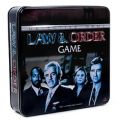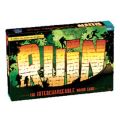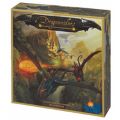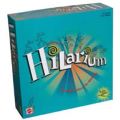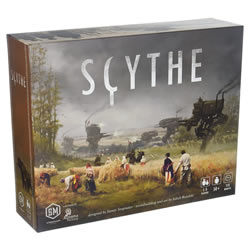
Official Scythe Rules
How To Play Scythe
1 - 5
Players
14+
Ages
120 MIN
Play Time
$55
Price
Scythe is set in an alternate history in the 1920s during a period of industrialization and war. Players take on the role of leaders of various factions vying for control and resources. The game combines elements of worker placement and engine building, as players gather resources, recruit workers, and construct structures to increase their power and influence. Scythe received positive reviews and has won several awards.
Place the board in the center of the table and set up the various components, including territories, structures, characters, and resources. Each player selects a faction, each with their own unique abilities and bonuses. Players take turns placing their workers on the board to gather resources, recruit new workers, construct structures, and perform other actions.
On their turn, a player can perform one main action and one optional action. Main actions include moving their workers, gathering resources, constructing structures, and engaging in combat. The game ends when a player reaches 6 victory points or all territories have been claimed. Players count up their victory points and the player with the most wins the game.
This is a simplified explanation of the game, and there are many additional mechanics and rules to consider when playing. It's recommended to read the full rulebook or watch a tutorial before playing the game. Purchase Scythe today and play it with your friends.
Place the board in the center of the table and set up the various components, including territories, structures, characters, and resources. Each player selects a faction, each with their own unique abilities and bonuses. Players take turns placing their workers on the board to gather resources, recruit new workers, construct structures, and perform other actions.
On their turn, a player can perform one main action and one optional action. Main actions include moving their workers, gathering resources, constructing structures, and engaging in combat. The game ends when a player reaches 6 victory points or all territories have been claimed. Players count up their victory points and the player with the most wins the game.
This is a simplified explanation of the game, and there are many additional mechanics and rules to consider when playing. It's recommended to read the full rulebook or watch a tutorial before playing the game. Purchase Scythe today and play it with your friends.
- 2016 Golden Geek Award for Best Board Game Artwork/Presentation
- 1 Quick-reference Guide
- 42 Combat Cards
- 23 Objective Cards
- 28 Encounter Cards
- 12 Factory Cards
- 5 Player Mats
- 1 Game Board
- 80 Resource Tokens
- 80 Cardboard Coins
- 2 Power Dials
- 5 Riverwalk Cards
- 12 Multiplier Tokens
- 12 Encounter Tokens
- 6 Structure Bonus Tiles
- 5 Quick-start Cards
- Official Scythe Game Rules And Instructions

The objective of the game is to earn the most victory points (VPs) by the end of the game. VPs can be earned by completing objectives, controlling territories, having powerful characters, and other means.

Please keep in mind that the official Scythe PDF rules listed below could be different depending on the version you have. They should be an exact copy of what came in your original packaging. Download them to view now or print them for later use.
Share with us your comments, funny stories, tips, advice, strategies, creative ways to play, questions about playing, problems with the directions, etc. All submissions will be reviewed within 24 hours.
No comments have been submitted. Add yours today!
No comments have been submitted. Add yours today!
Here are some other games you might like to play at your next get together. Learning how to play new games can feel daunting at first but once you get the hang of it, it can be really fun to try out new games. You can also use our search feature at the top of the page to search for a specific criteria that might interest you. Who knows - you might just find your next favorite game.
